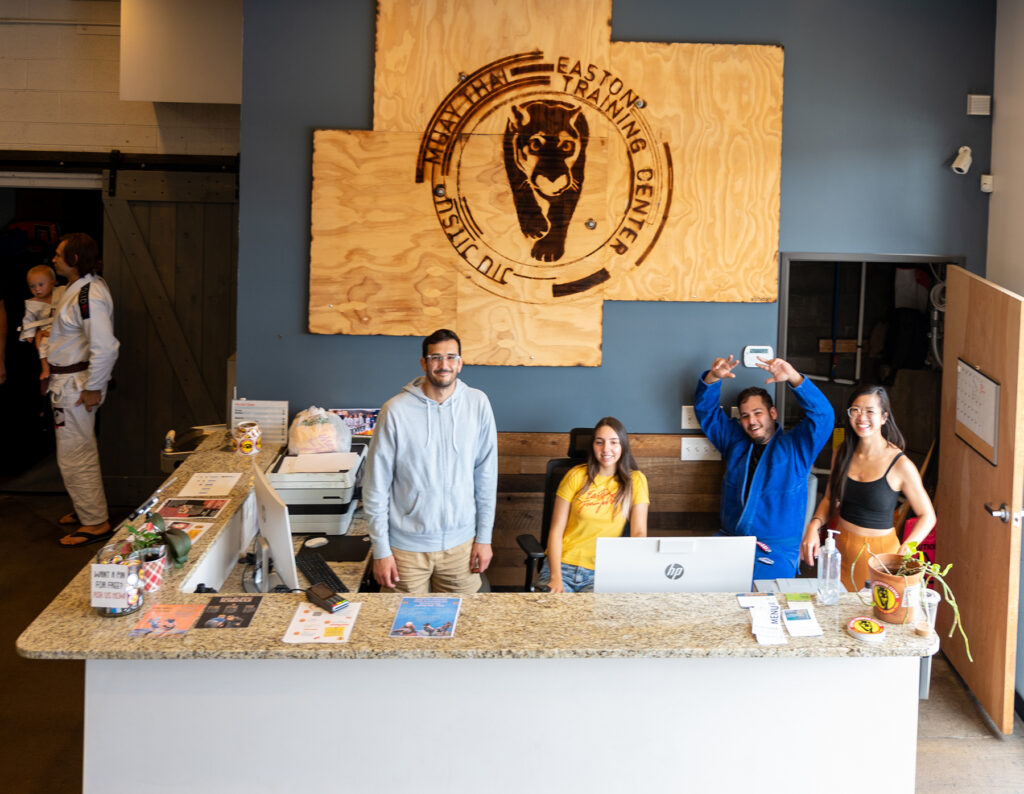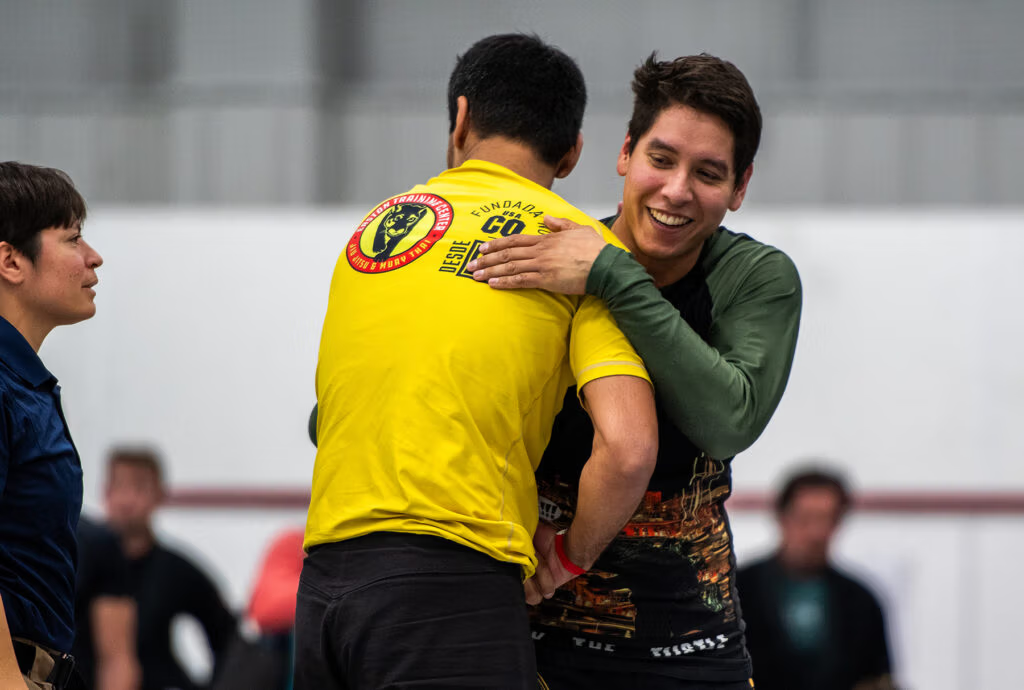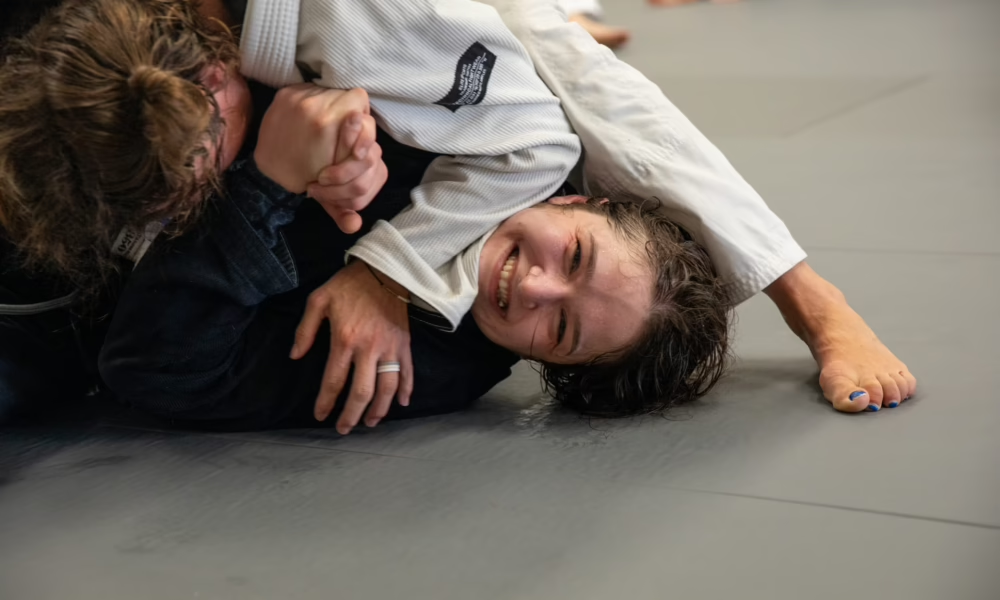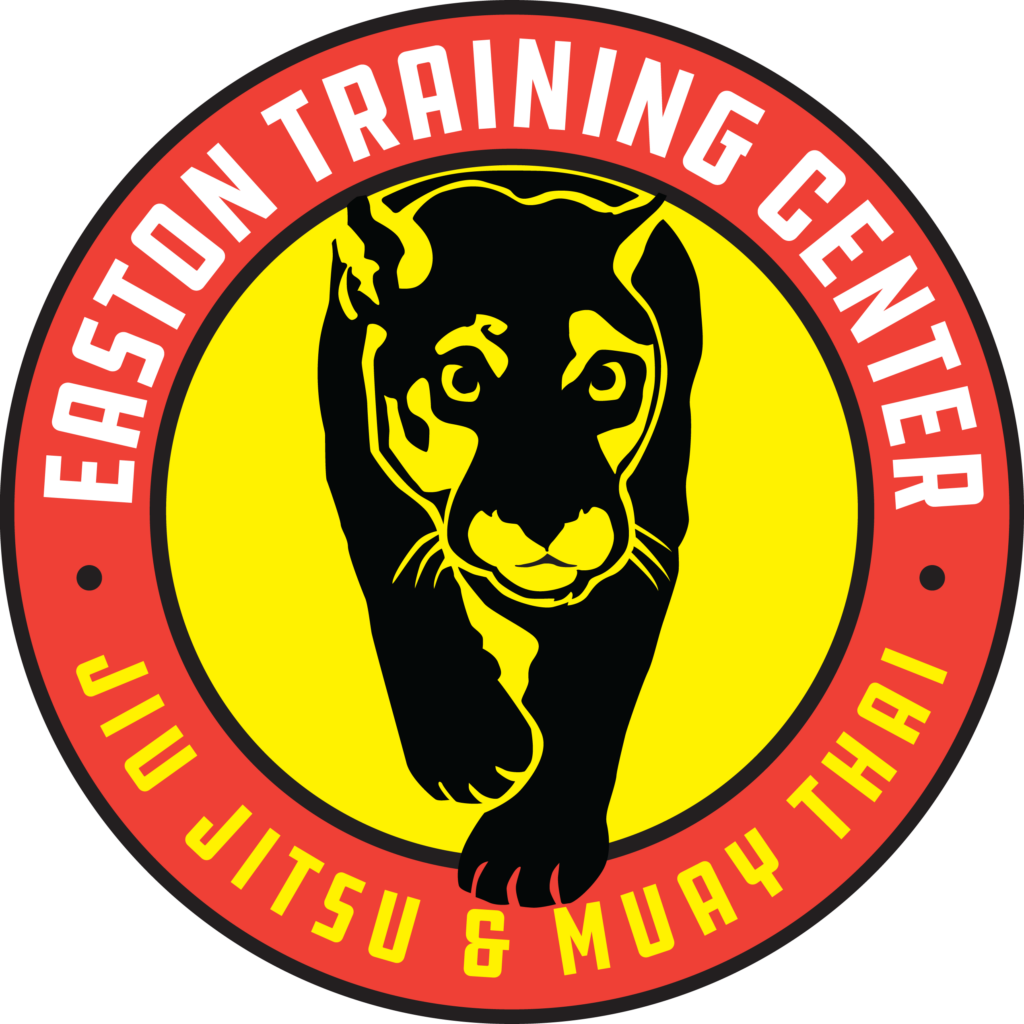Culture isn’t just pertaining to geographical regions – it occurs sociologically in any space where humans congregate and build life. We’ve all been to gyms with completely different feels, from Planet Fitness to Equinox.
It’s the person smiling behind the counter versus the one pretending you don’t exist. It’s the protocol we follow on narrow hikes when we run into others, or the way some cities make us want to wear athleisure. Culture makes a place, group of people or business unique, and creating culture can be like putting on a spectacular show – one that never stops yet energetically sustains itself and fuels all of its actors.
At Easton Training Center, a Brazilian Jiu Jitsu and Muay Thai academy, we have a culture of respect and stewardship. Our founder Amal Easton fostered this culture by implementing the rule of bowing onto the mat, and lining up by order of rank and responsibility, with the higher belts peeling down and training with lower belts.
In martial arts academies where this sort of partnering doesn’t intentionally happen, higher belts may often just train with each other, leaving the white belts to fend for themselves, unarmed and – most times – unskilled.

For Peter Straub, a black belt and GM of Easton Training Center Centennial, this is one of the key factors in growing and maintaining the unique culture on Easton’s mats. Another factor that has helped Centennial’s (and other Easton location’s) community grow stems from instructors training with students, and “hopefully getting tapped out by some of them!” Instructors have to make sure they stay students themselves, that way instructors will never feel “above” the students.
“The training is really light and playful a lot of the time,” says Peter of the general temperament of the Easton Training Center academies. “Of course, there’s competition training, but generally when you’re at the academy, you’re there to try to get better, not to see who’s better.”
By delineating the difference between a class environment and competition environment, Peter brings up a great point – what is the purpose of your space? Does it instill intimidation and ego or does it facilitate a space where people can work on things, refine their game, and contribute to the community?
In a similar vein of respect – remember, other gyms you visit will have their own cultures too. Just because they don’t reflect what works for us doesn’t mean it’s not a happy and bubbling biosphere of its own. Same as how traveling anywhere you get a taste for the people and the region’s culture, businesses will also differ state to state, country to country and even city to city.
(Pause and observe before prickling up at the unfamiliarity.)
Culture happens alongside structure
“Culture is a byproduct of the principles and values of a given group of people,” says Jordan Shipman, GM of Easton Training Center in Longmont, Colorado. Sometimes these principles are defined, and sometimes they’re not. In those instances – the group inevitably takes on the values and principles of its leaders.”
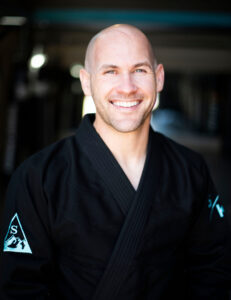
Are you a leader trying to build a culture? Write down five keywords that are important to you for a business, or team, to have. Maybe you wrote honesty or something seemingly basic like kindness. Would you go above and beyond to make sure your team reflected those?
You should choose values that you would fight tooth and nail to preserve. These values will water and grow the garden that is your community.
When you’ve decided on the values you want to foster, make sure everyone on your team is on the same page. Explain why a certain way to show up is important to the company’s values, like greeting everyone who walks through the door by name, because it shows others we see this place as a home. We want others to feel comfortable and at home here, and we want them to help others to feel comfortable and at home.
We often learn a place’s culture by example. We can study it before going on a trip to a different country, but usually, we learn through observation. Sometimes it’s so subtle we don’t even notice it. Just as a toddler mimics what the adults and children around her do, we take cues from our peers to guide us in the space’s social norms.
As a leader and business, whatever values we allow ourselves to display – from camaraderie to ego – will ripple out into our communities. That’s why some gyms have rude and entitled higher belts, groaning, weight-dropping bros and counters full of employees that barely notice you, while other places feel like home.
[Leadership Hacks To Keep Your Team Crushing Its Goals]
From me to we
A concept that influenced Jordan Shipman heavily as he opened the school in 2020 is the shift from “me” to “we.”
“One of the things we can do to succeed as a group in building a culture is to be more selfless,” says Jordan, “to think about ourselves less, ask more questions, think about the “we”. In turn, this ends up helping us and lifting us up.”
In many ways, the values we set for our teams are like habits but for society – a show and tell, follow the leader, call and response. These values will outline the way we expect the people in our space to behave, what we accept and what we will not tolerate.
While these may not explicitly be stated to new members, they should easily be able to learn through spending some time in the space. The culture of a space should (and will) feel palpable.
The biggest part to remember: once you’ve decided what kind of space you want to create and culture you want to help facilitate, you need to actively lead the effort.
“There’s no better way to lead than by example,” says Peter. “I try not to ask anybody to do anything I wouldn’t be willing to do, from mopping the mats to folding laundry.”
Peter does whatever it takes to help people feel like he’s “not just sitting in his ivory tower yelling down,” that it really is a team effort, and that they’re on the same team.
Jordan takes a similar approach, always making sure his staff know he’s got their backs in any situation they need support, taking example from one of his favorite books, Leaders Eat Last.
When building a culture, especially one with multiple locations, facilities, and groups of people, it’s important for values and information to trickle down one cohesive stream. From the GMs to staff to senior students to new students – each of these will set the example for how the next should act.
“Going through that chain of people that all learn how to show up, how to act, and how to treat each other – is one of the best ways to ensure things are happening the same way when you’re not there,” says Peter.
